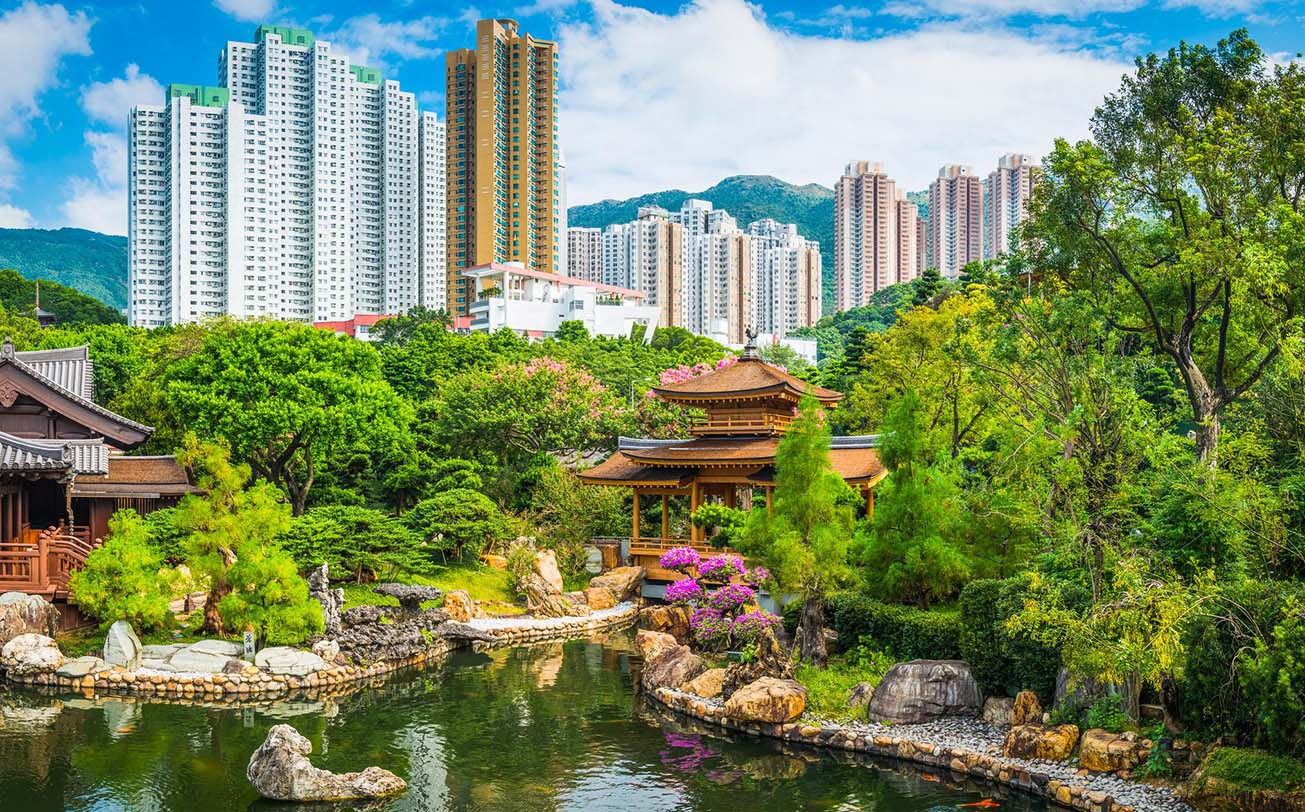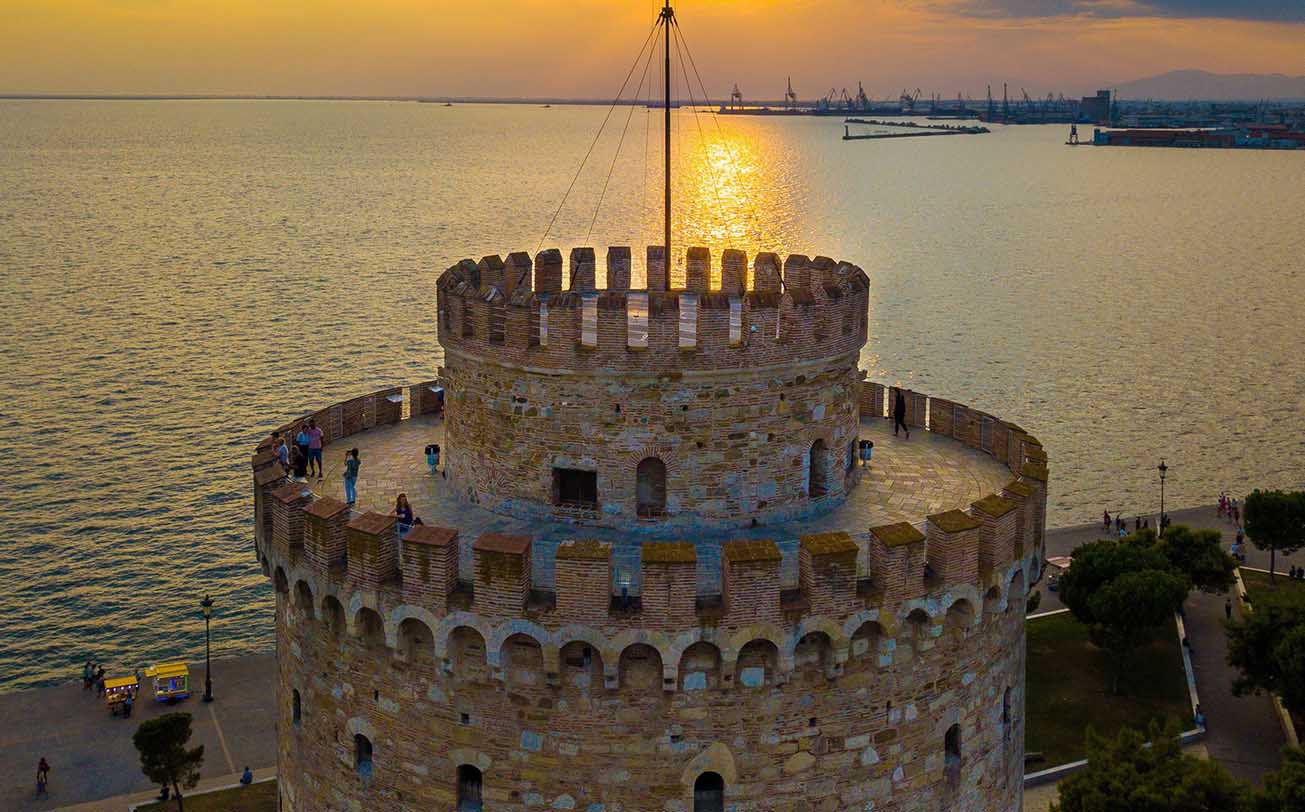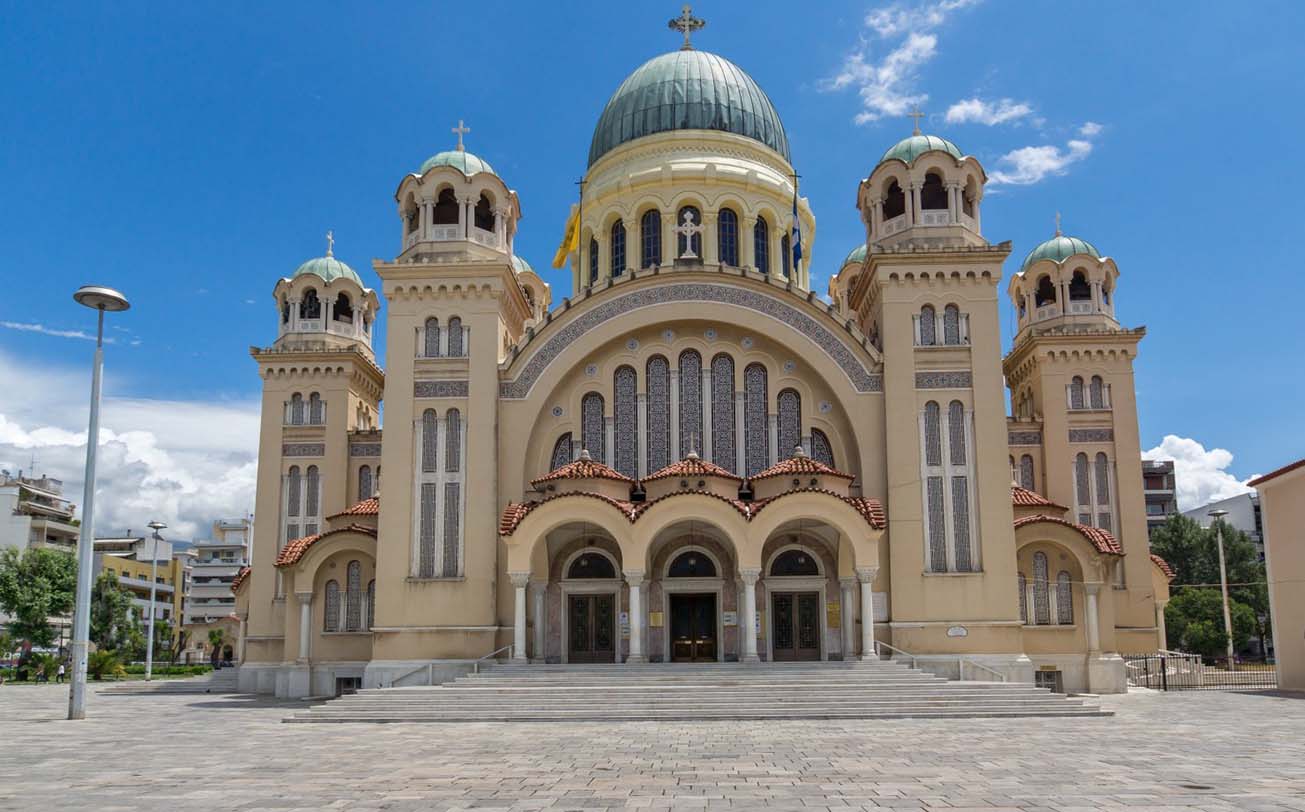I embarked on a journey to Hong Kong to delve into its colonial past and explore its enduring cultural heritage. My expedition took me to a series of remarkable sites, each offering a unique window into the city’s history. I will share my personal experiences at three historical landmarks I visited and recommend four more for fellow adventurers eager to unravel Hong Kong’s captivating past.
1. The Former Legislative Council Building
Location: 8 Jackson Road, Central, Hong Kong Island.
The Former Legislative Council Building, an architectural masterpiece, is nestled in the heart of Central on Hong Kong Island. This historic edifice, erected in 1910, served as the epicenter of colonial governance during British rule.
As I set foot on the immaculate lawn surrounding the building, I was immediately struck by its grandeur. The neoclassical facade, adorned with Ionic columns, exudes an air of authority. The sheer scale of the building, with its imposing pillars and intricate architectural details, conveyed a sense of the historical significance that unfolded within its walls.
Upon entering, I was transported back in time. The meticulously restored chambers, replete with period furnishings, provided a tangible glimpse into the political debates and deliberations that once reverberated within these hallowed halls. The elegant decor, including the finely crafted wooden furniture and antique fixtures, immersed me in the atmosphere of a bygone era. It was as if the ghosts of legislators past were engaged in their discussions once more, their voices echoing through the corridors of history.
The highlight of my visit was the interactive exhibitions that vividly portrayed Hong Kong’s political evolution and the struggle for democracy. These exhibits were not mere static displays but immersive experiences that transported me into pivotal moments of Hong Kong’s history. From the early colonial period to the handover in 1997 and beyond, the exhibitions offered a comprehensive and emotionally resonant narrative.
The Former Legislative Council Building offers guided tours that provide in-depth insights into its history. I highly recommend taking advantage of these tours, as the knowledgeable guides provide additional context and anecdotes that enhance the visitor’s understanding of the building’s significance.
One of the most commendable aspects of this historic site is that admission is free, ensuring accessibility to all. This commitment to inclusivity allows visitors from various backgrounds to appreciate the architectural and historical wonders of the Former Legislative Council Building without financial constraints.
Taking a moment to savor a cup of tea or coffee while surrounded by the echoes of the past is a delightful way to conclude a visit to this remarkable establishment.
Pros:
- Rich historical significance.
- Engaging exhibitions.
- Free admission.
- Convenient central location.
Cons:
- Limited on-site dining options.
2. Tai Kwun – Centre for Heritage and Arts
Location: 10 Hollywood Road, Central, Hong Kong Island.
Tai Kwun, meaning “big station” in Cantonese, is an expansive complex situated in the heart of Central on Hong Kong Island. Originally a colonial-era police station, it later functioned as a prison and courthouse.
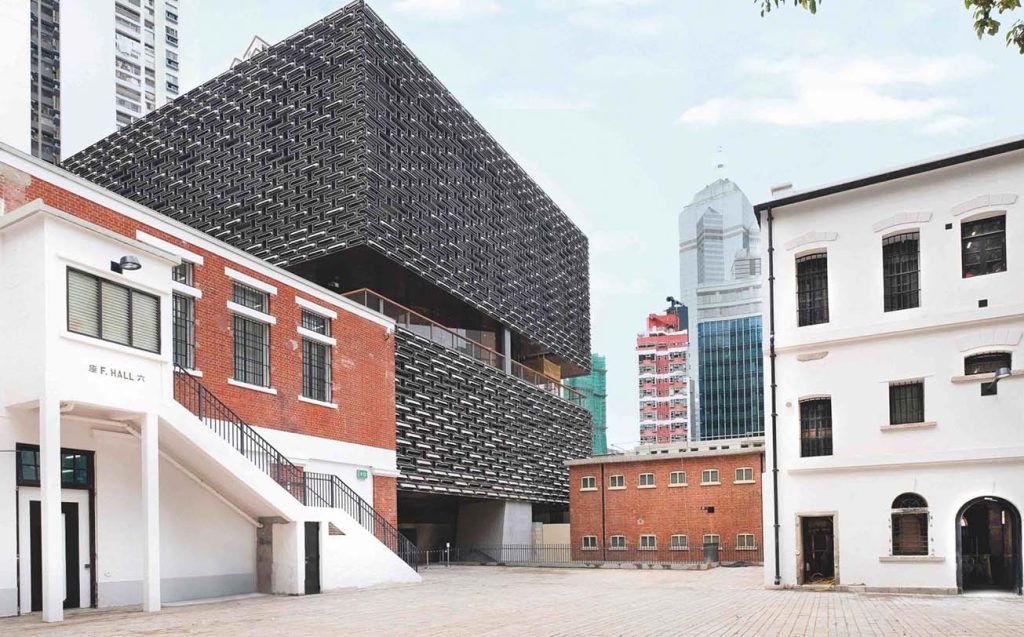
Tai Kwun is a captivating fusion of heritage preservation and contemporary art. The meticulously restored colonial architecture provides a striking backdrop to the site’s diverse offerings. I explored the prison cells, courtroom, and even had the opportunity to stand in the dock. Tai Kwun also houses a range of art galleries, showcasing both local and international talent. The juxtaposition of historical artifacts with modern art installations creates a dynamic and thought-provoking atmosphere.
Tai Kwun offers guided tours, which I highly recommend for a deeper understanding of its history. Tickets can be purchased on-site or online. The complex also boasts several dining options, from casual cafes to upscale restaurants, making it an ideal spot for a leisurely day out.
Pros:
- Fascinating blend of history and art.
- Guided tours available.
- Diverse dining options.
- Hosts artistic and cultural events year-round.
Cons:
- Entrance fee required for some exhibitions.
3. Flagstaff House Museum of Tea Ware
Location: 10 Cotton Tree Drive, Central, Hong Kong Island.
Flagstaff House, nestled in the verdant Hong Kong Park, is a tranquil oasis amidst the bustling Central district on Hong Kong Island. Constructed in 1846, it was originally a residence for senior British military officers.
A visit to the Flagstaff House Museum of Tea Ware felt like stepping into a bygone era of refinement and tradition. The museum is dedicated to the art of tea and showcases a stunning collection of teapots, tea cups, and related artifacts. The elegant Chinese-style garden, complete with a koi pond, provided a serene setting for a leisurely stroll. The on-site tea house offers traditional Chinese tea ceremonies, allowing visitors to savor the nuances of tea culture.
Admission to the Flagstaff House Museum of Tea Ware is free, ensuring accessibility for all. The museum shop offers a range of tea-related souvenirs and exquisite teapots for purchase. The tea house provides an opportunity to sample various teas in an authentic setting.
Pros:
- Unique focus on tea culture.
- Free admission.
- Serene garden setting.
- Traditional tea ceremonies.
Cons:
- Limited exhibition space.
4. Dr. Sun Yat-sen Museum
Location: 7 Castle Road, Mid-levels, Central, Hong Kong Island.
The Dr. Sun Yat-sen Museum is situated in the Mid-levels area of Central, Hong Kong Island. It is housed in a meticulously preserved Edwardian-era building and pays tribute to Dr. Sun Yat-sen, a pivotal figure in China’s revolution and the founding father of the Republic of China.
The museum offers a comprehensive look into the life and legacy of Dr. Sun Yat-sen. His role in shaping modern China and his connection to Hong Kong are explored through a wealth of exhibits and multimedia displays. I found the museum’s emphasis on interactivity and immersive experiences particularly engaging. It was a powerful journey through a pivotal period in Chinese history.
Admission to the Dr. Sun Yat-sen Museum is affordably priced, with discounts for students and seniors. Guided tours are available, offering in-depth insights into Dr. Sun Yat-sen’s life and the historical context of his work. The museum shop offers a selection of books and memorabilia related to Dr. Sun Yat-sen.
Pros:
- Educationaland informative.
- Affordable admission.
- Engaging exhibits.
- Historical significance.
Cons:
- Limited dining options in the immediate vicinity.
5. Hong Kong Museum of History
Location: 100 Chatham Road South, Tsim Sha Tsui, Kowloon, Hong Kong.
The Hong Kong Museum of History is located in Tsim Sha Tsui, Kowloon, and offers a comprehensive look into the history and culture of Hong Kong, from ancient times to the present day.
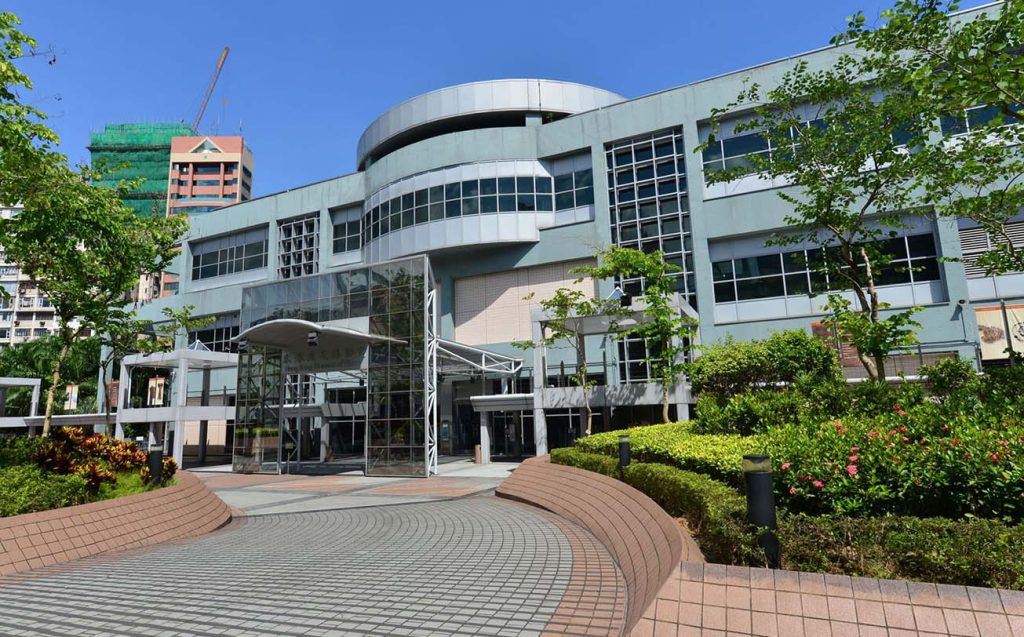
The Hong Kong Museum of History is a treasure trove of knowledge and a must-visit for anyone interested in the city’s past. The museum’s diverse exhibits cover a wide range of topics, including archaeology, ethnography, and local history. It’s a fascinating journey through time, from the prehistoric era to modern Hong Kong. The highlight for me was the meticulously reconstructed street scenes from various historical periods, which offered a vivid glimpse into everyday life in old Hong Kong.
The museum offers guided tours and educational programs for visitors of all ages. Admission is reasonably priced, with discounts for students and seniors. The museum cafe provides a convenient spot to relax and enjoy a meal or refreshments.
Pros:
- Comprehensive coverage of Hong Kong’s history.
- Engaging exhibits for all ages.
- Affordable admission.
- Educational and informative.
Cons:
- Can be crowded during peak hours.
6. Hong Kong Heritage Museum
Location: 1 Man Lam Road, Sha Tin, New Territories, Hong Kong.
The Hong Kong Heritage Museum is located in Sha Tin, New Territories, and offers a deep dive into the cultural heritage of Hong Kong, with a focus on art, history, and local traditions.
The Hong Kong Heritage Museum is a hidden gem that provides a comprehensive understanding of the city’s heritage. The museum’s well-curated exhibitions cover a wide range of topics, from traditional Chinese art and craftsmanship to Hong Kong’s pop culture. I was particularly fascinated by the exhibits showcasing local festivals, customs, and the city’s cinematic history. The museum’s dedication to preserving and celebrating Hong Kong’s cultural identity is commendable.
The museum offers guided tours and educational programs suitable for families and individuals. Admission fees are reasonable, with discounts for students and seniors. The museum shop features unique souvenirs and gifts inspired by Hong Kong’s heritage.
Pros:
- Diverse and engaging exhibitions.
- Focus on local culture and traditions.
- Affordable admission.
- Educational and family-friendly.
Cons:
- Located further from the city center.
7. Sam Tung Uk Museum
Location: 2 Kwu Uk Lane, Tsuen Wan, New Territories, Hong Kong.
The Sam Tung Uk Museum is situated in Tsuen Wan, New Territories, and is a meticulously preserved Hakka walled village that offers insights into the lifestyle and traditions of the Hakka community in Hong Kong.
The Sam Tung Uk Museum provides a unique opportunity to step back in time and immerse yourself in the culture and history of the Hakka people. The well-preserved village offers a glimpse into traditional Hakka architecture, complete with ancestral halls, courtyards, and historic artifacts. Exploring the village, I gained a deeper appreciation for the resilience and heritage of the Hakka community in Hong Kong.
The museum offers guided tours and educational programs that enhance the visitor experience. Admission fees are reasonable, with discounts for students and seniors. The museum shop features Hakka-inspired products and souvenirs.
Pros:
- Authentic Hakka cultural experience.
- Well-preserved village and architecture.
- Affordable admission.
- Educational and enlightening.
Cons:
- Located further from the city center.
Hong Kong’s colonial history and cultural heritage offer a fascinating tapestry of stories and experiences waiting to be explored. From the Former Legislative Council Building’s political significance to the artistic fusion at Tai Kwun, and the tea traditions at Flagstaff House, these historical landmarks are windows into the city’s past. Additionally, the Dr. Sun Yat-sen Museum, Hong Kong Museum of History, Hong Kong Heritage Museum, and Sam Tung Uk Museum provide comprehensive insights into the diverse facets of Hong Kong’s heritage.
